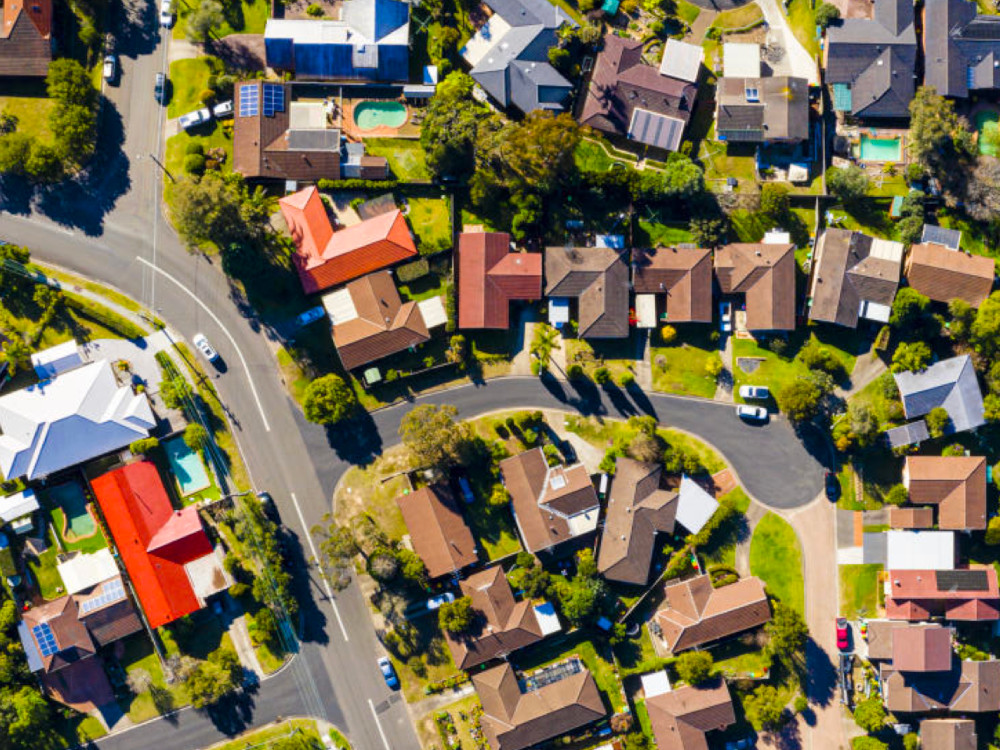The 2025 Rental Affordability Snapshot surveyed rental listings across Australia and found that affordability has crashed to record lows. The Snapshot surveyed 51,238 rental listings across Australia and found that:
- 352 rentals (0.7%) were affordable for a person earning a full-time minimum wage
- 165 rentals (0.3%) were affordable for a person on the Age Pension
- 28 rentals (0.1%) were affordable for a person on the Disability Support Pension
- 3 rentals (0%), all rooms in sharehouses, were affordable for a person on JobSeeker
- No rentals were affordable for a person on Youth Allowance.
The Other Cheek presents edited highlights of the snapshot.
Breaking the data down reveals stark disparities in affordability. It is clear that even in relatively better-performing regions, access remains limited for households on low incomes. In every state and territory, affordability for these groups was close to zero, reinforcing the systemic exclusion of people on low incomes from the private rental market.
In response to the findings, Anglicare Australia is calling on the Government to return to directly funding and providing housing itself, instead of leaving housing to the private sector. Anglicare Australia is also calling on the Government to wind back landlord tax concessions.
Tax reform
Negative gearing was initially intended as an incentive to landlords to offer below-market rents to tenants, by allowing them to claim the loss as a deduction on their income tax. However, the dual impact of the Capital Gains Tax discount has perversely incentivised already wealthy investors to leverage existing assets, out-bid potential first home buyers, and reduce their tax burden while waiting to sell the property for its capital gains. This is not a system designed to make housing affordable; it is designed to make housing profitable.
The private market has consistently demonstrated that it cannot be relied upon to provide real solutions or self-regulate. There is a vested interest from investors to protect the current tax settings and defend them by arguing that a trickle-down effect makes housing more affordable over time. There is no evidence supporting this claim, while in fact, more evidence suggests that the opposite is true. Between 1996 and 2011, the shortfall of affordable rentals grew for low-income households, according to analysis from the Australian Housing and Urban Research Institute.
Raise Job seeker
The reality facing out of work Australians is that the JobSeeker payment will never be enough to help them afford the basics. The weekly rate of the payment sits nowhere near the Henderson Poverty Line. In fact, JobSeeker is so stubbornly below the poverty line that the temporary doubling of the payment during the pandemic only barely lifted people out of poverty.11 The low rates of working age payments ultimately force those relying on the payments to make difficult choices between paying for food, medicine or heating just to ensure they still have a home. These choices are exacerbated by the fact that rental price growth has far outstripped the payment rate. In fact, a person on JobSeeker could spend all their income and still not afford the average asking rent, even with the help of Commonwealth Rent Assistance (CRA)
Get back into social housing
Australian governments once took a more active role in providing affordable homes. The Commonwealth-State Housing Agreement was first established so the Federal Government could play a direct role in the provision of affordable housing. In the first year of the Agreement, nearly one in every four homes in Australia was built by the government.17 The slow and gradual divestment of responsibility by the Federal Government, effectively outsourcing the provision of housing to the private market, has led to the gradual decline of public housing as a percentage of overall stock. In 2021, public and social housing made up only 3.8 percent of total stock in Australia, down from 4.9 percent in 1981.18 As a result, the shortfall in public and community housing has grown to at least 640,000 homes.19 It is this shortfall, rather than a need for generic homes, that has driven the crisis.
To simply maintain the current ratio of social housing, we would need to add 15,000 new social homes a year. At current rates of construction, we are only managing to add around 3,000 new homes to the supply.20 Even the Housing Australia Future Fund’s goal to support the construction of 30,000 new social homes in the first five years won’t be enough to meet the social housing need. The Government cannot rely on off-budget measures to provide enough investment that meets the scale of the crisis. It must make sustained capital investment in new social housing.
Anglicare Australia believes that the Government must support the construction of 25,000 new public and social homes every year for the next two decades. This will allow Australia to close the shortfall and meet the demand.

